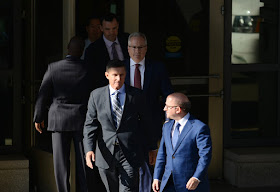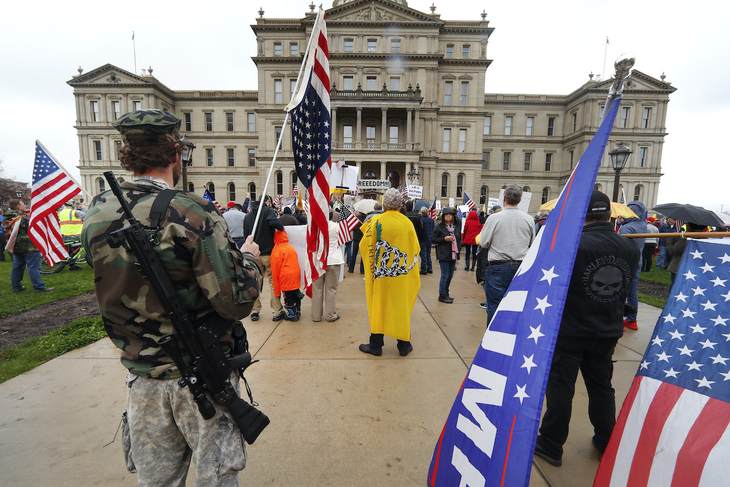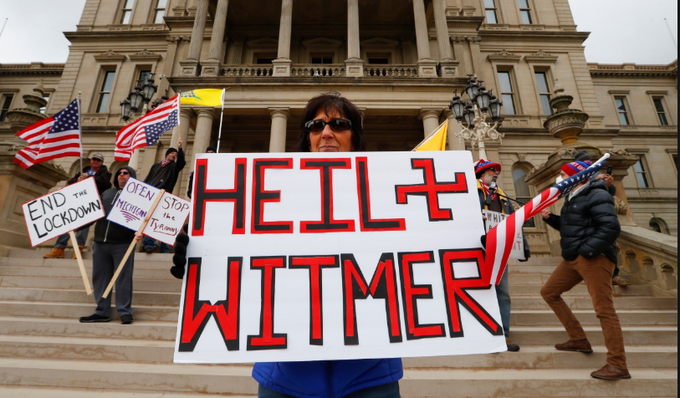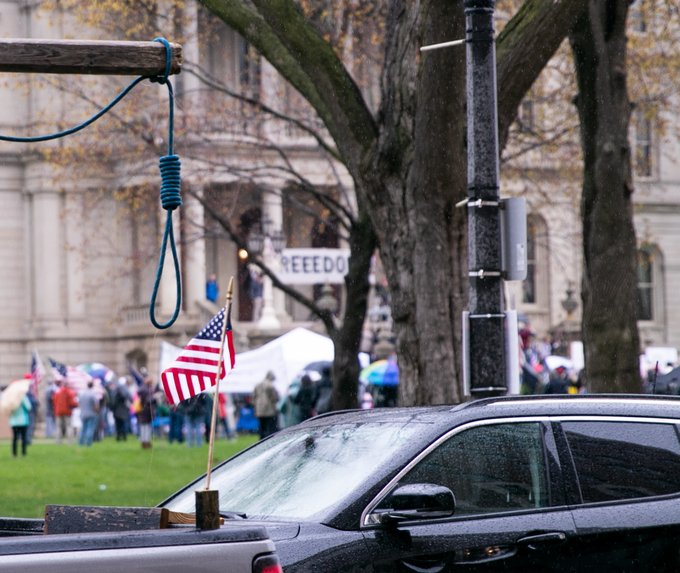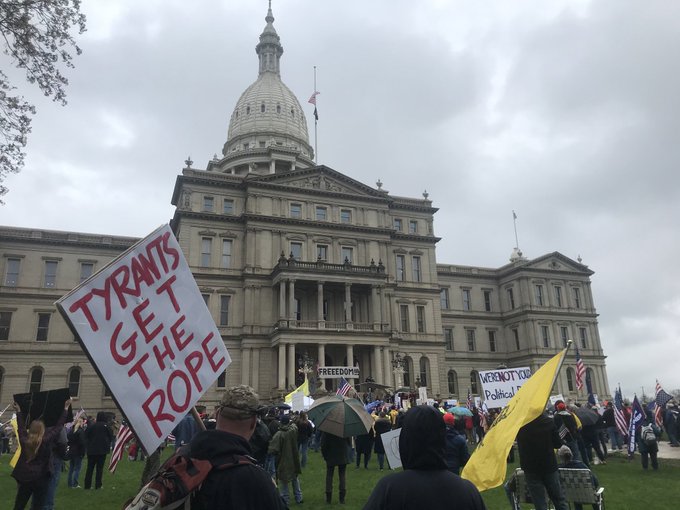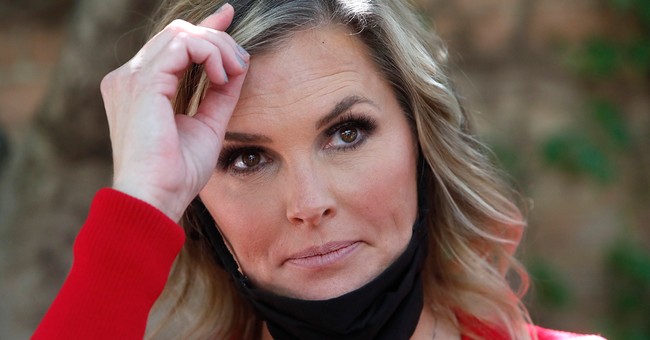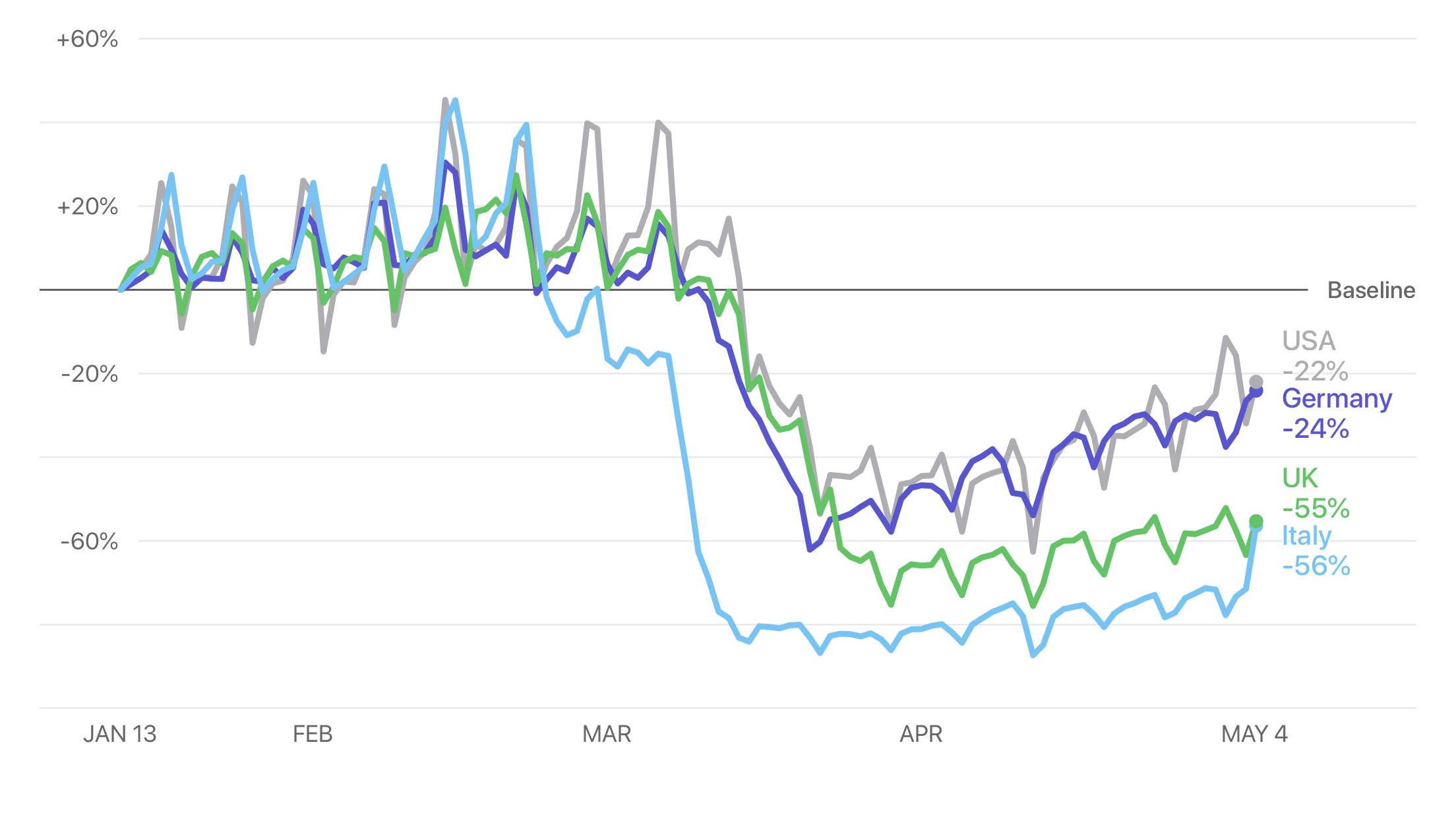What is it like inside the seventh floor of the FBI’s Hoover fortress while revelations of constitutional abuses lash the walls like a never-ending hurricane season of the FBI’s own making?
Newly released documents have refocused attention on the FBI’s abuses in the Flynn prosecution. The FBI’s dirty tricks in the Flynn prosecution are almost too numerous to inventory (although I attempt to do so here). Does FBI Director Christopher Wray fret over the increasing perception that the FBI has become a rogue police force unbound by constitutional checks and balances? Is he feverishly working behind the scenes to root out perpetrators of spying abuses that targeted opponents based upon politics and other non-law enforcement purposes?
A new interview with former journalist Carl Bernstein signals that there remains a Russia collusion hoax rearguard within the FBI in spite of the resignations, firings, and departures of Crossfire Hurricane figures, including Peter Strzok, Lisa Page, Bill Preistrap, James Baker, James Comey, and Kevin Kleinsmith.
Bernstein, who famously wrote truth to power, has now reversed his role—protecting the powerful from the truth. In his interview on CNN’s “Reliable Sources,” Bernstein dismissed the significance of newly-revealed documents evidencing FBI abuses of power:
I’ve talked to top officials in the FBI and they say, “No, what’s clear from the notes, as well as what happened is that Flynn lied to the White House chief of staff, to the vice president of the United States. He still worked for a foreign power, Turkey, going up to the point when he was the national security advisor. He lied, and lied, and lied.” And what the notes show is standard operating procedure of a discussion about how to interview a witness. . . . We need to be putting people like, say, Preet Bharara on air, on 60 Minutes, on our [CNN’s] air, people who have great experience who know what that interview was about.
Bernstein parrots a shallow defense of the FBI treatment of Flynn meant only to reassure the willingly deceived. As noted by National Review, the Flynn investigation would have closed before the interview but for Peter Strzok’s politically motivated intervention to keep the sham going. The whole purpose of the Flynn interview was to gin up a crime where none existed.
That assessment—that there was no crime—is critical to whether Flynn’s “lies” obstructed a legitimate FBI function. Creating crimes is not a legitimate FBI function. Flynn was not colluding with the Russians. Thus, evidence hidden by the Flynn prosecutors that shows the FBI wasn’t really investigating a crime clearly meets the definition of “exculpatory.”
Flynn had a conversation with the Russian ambassador about post-election sanctions the Obama Administration implemented in the waning months of its tenure. The work Flynn did for Turkey was similar to thousands of other consulting arrangements former military and intelligence officials enter into all the time. Neither formed a basis for the prosecution.
As for Flynn’s “lies,” this assessment depends on a comparison between Flynn’s statement to the FBI which was not recorded and was repeatedly edited without his knowledge or consent. It also depends on a recording of his conversation with the Russian ambassador which has been kept secret from the defense team.
As noted by Fox News, the FBI issued this deceptive response to the unfolding scandal, “Under Director Wray’s leadership, the FBI has fully cooperated and been transparent with the review being conducted by U.S. Attorney Jeff Jensen, just as it has been with U.S. Attorney John Durham and was with Inspector General Michael Horowitz.” Conservative Treehouse points out this response admits by omission that the FBI did not provide these documents to Flynn’s defense team, in defiance of the judge’s 2018 order.
Preet Bharara, the former prosecutor Bernstein suggested to help repair the FBI’s public image, is a virulently anti-Trump former New York prosecutor who now takes money from CNN to criticize Trump for a living. He wants a Department of Justice independent of the constitutional authority of an elected president. Bernstein suggests his name to advise CNN on how it can deflect embarrassment in light of the embarrassing revelations. Because promoting the public image of the FBI is what independent journalists always do.
Who are these “top officials in the FBI” with whom Bernstein spoke? It would be interesting to know because it would provide a convenient list of swamp creatures who have contempt for the constitutional authority of the president and conventional notions of rule of law.
If Bernstein is telling the truth about his sources, plural, then somebody within the FBI is using the imprimatur of his/her/their official position to continue a public relations campaign to counter the president’s demands for accountability. My guess is it’s Dana Boente and perhaps Director Christopher Wray himself.
You may recall that Boente, who currently serves as the FBI general counsel, has real skin in the game. His name appears 81 times in the Justice Department’s inspector general report exposing the Carter Page FISA warrant fraud. On page 72, that report notes, “Boente’s handwritten notes of the meetings focused on the Flynn investigation and potential criminal violations of the Logan Act.” Boente has a reason to foot-drag accountability for the Russia collusion hoax because he signed one or more of the renewal applications.
Long before the Russia collusion hoax, the FBI squandered its legitimacy by framing and smearing innocent people: Richard Jewell, Dr. Steven J. Hatfill, Senator Ted Stevens (whom the FBI helped unseat from the Senate), thousands of defendants falsely convicted based on the pseudoscience of “hair comparison,” Raymond Jennings based upon an FBI profiler’s hunch, and a multi-decade FBI coverup of Boston-area men framed to protect an FBI informant.
Was the Flynn prosecution the activity of a few rogue agents infected with political bias? Or was it part of a greater culture? Bernstein’s, “nothing to see here,” interview indicates the latter. The many FBI abuses revealed in the aftermath of the Russia collusion hoax are just business as usual, standard operating procedures. We know about the Trump-related abuses because the president fought back. How many of the FBI’s victims went quietly into the night as Flynn almost did?

